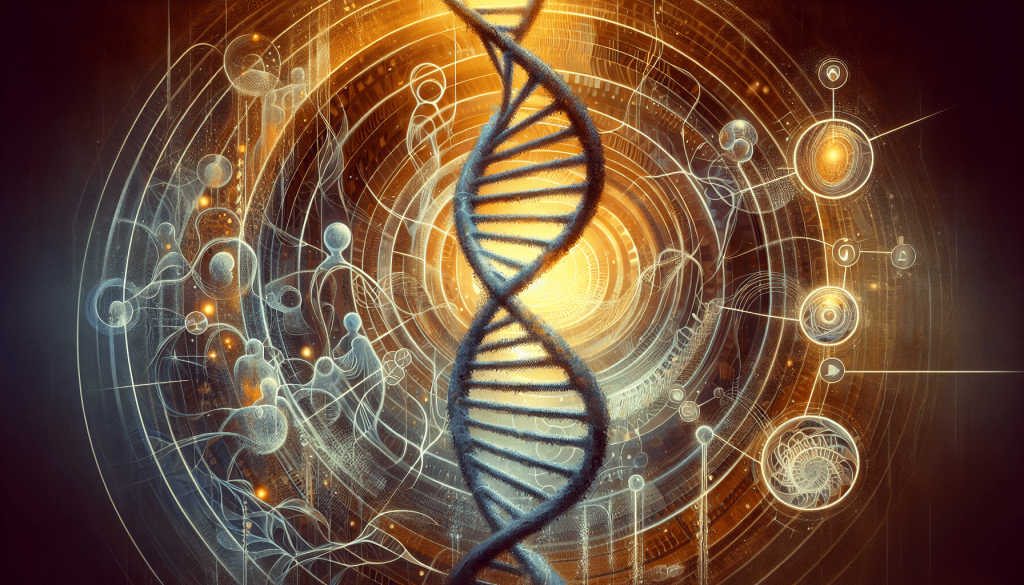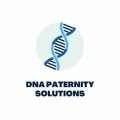Have you ever wondered if a paternity test can reveal other family relationships? It’s a fascinating topic and one that many people find themselves curious about. In today’s world, DNA testing has become quite advanced and accessible, allowing individuals to uncover not just paternity but a web of other familial connections.
Understanding Paternity Tests
What Is a Paternity Test?
Paternity tests are genetic tests used to determine if a man is the biological father of a child. By comparing the DNA of the child to that of the presumed father, these tests can confirm or deny paternity with high accuracy. However, the capabilities of these tests don’t stop at confirming fatherhood.
How Do Paternity Tests Work?
Paternity tests work by analyzing areas of your DNA known as genetic markers. These markers are specific sequences in your DNA that vary from person to person. During a paternity test, the child’s DNA is compared to the father’s DNA, focusing on these markers to see if they match up. If the markers match in a significant number of locations, the test concludes a biological relationship.
| Child’s DNA | Presumed Father’s DNA | |
|---|---|---|
| Marker 1 | A | A |
| Marker 2 | T | T |
| Marker 3 | G | G |
| Marker 4 | C | C |
As you can see, when the markers match, it indicates a relationship. This straightforward yet powerful method can yield definitive results about paternity and beyond.
Going Beyond Paternity
Can a Paternity Test Identify Other Relatives?
Yes, a paternity test can indeed help in identifying other family relationships. It’s all about the genetic similarities that exist among family members. Since all biological relatives share some degree of DNA, paternity tests can extend their utility to uncovering other connections such as siblings, grandparents, and more.
Sibling Relationships
Siblings share about 50% of their DNA on average, although this can vary slightly. If you get a paternity test and find half of the markers matching with someone else’s DNA, it strongly suggests a sibling relationship. This is particularly helpful in cases of adoption or when families have lost touch.
Grandparent-Grandchild Relationships
Grandparent-grandchild relationships can also be detected using paternity tests. Since a grandparent contributes about 25% of the grandchild’s DNA, finding matching markers can establish this connection. This is especially valuable in legal situations where inheritance or custody may be in question.
| Child’s DNA | Grandparent’s DNA | |
|---|---|---|
| Marker 1 | A | A |
| Marker 2 | T | G |
| Marker 3 | G | G |
| Marker 4 | C | T |
Aunt/Uncle Relationships
An aunt or uncle shares about 25% of their DNA with their niece or nephew. DNA matching in these cases can illuminate these family ties, offering answers where direct testing of parents might not be possible.
Half-Sibling Relationships
Half-siblings share approximately 25% of their DNA. Testing can uncover these relationships and bring clarity to family dynamics, particularly in blended families or those with complex histories.

The Science Behind It
Genetic Markers
The success of DNA tests in uncovering various family relationships hinges on analyzing genetic markers. These markers are specific locations within the DNA sequence that exhibit high variability across individuals but show strong consistency among relatives.
Probability and Certainty
While no test is 100% foolproof, the probability of identifying relationships is extremely high, often exceeding 99%. This level of certainty brings peace of mind and clarity to those seeking answers about their family connections.
| Relationship | DNA Sharing Percentage | Certainty Approximation | |
|---|---|---|---|
| Paternity | Father-Child | ~50% | 99%+ |
| Sibling | Full Siblings | ~50% | 99%+ |
| Grandparent | Grandparent-Grandchild | ~25% | ~99% |
| Aunt/Uncle | Aunt/Uncle-Niece/Nephew | ~25% | ~99% |
| Half-Sibling | Half-Siblings | ~25% | ~99% |
Legal and Ethical Considerations
Privacy and Consent
When performing DNA tests, it’s vital to consider privacy and obtain consent from all parties. Unauthorized testing can lead to ethical dilemmas and legal repercussions, so ensuring that everyone involved agrees is crucial.
Legal Implications
Revealing other family relationships through paternity tests can have legal consequences. For example, confirming a grandparent-grandchild relationship may affect custody or inheritance disputes. It’s often advisable to consult a legal expert when using DNA test results for such purposes.

Applications in Real Life
Adoptions
DNA testing has played a significant role in reuniting adopted children with their biological families. By analyzing shared markers, adoptees can find siblings, parents, and extended family members.
Immigration Cases
In immigration cases, paternity tests can serve as evidence to prove familial relationships, supporting visa applications and helping families stay united.
Heir and Probate Issues
Proving relationships through DNA testing can resolve questions of inheritance and ensure that estates are distributed according to the deceased’s wishes.
Medical History
Understanding your genetic connections can be crucial for medical reasons. Knowing about your familial ties can inform you about inherited conditions or predispositions to certain diseases, enabling proactive healthcare.
Sociocultural Impact
In many cultures, family structure plays a vital role. Confirming familial relationships can have significant sociocultural impacts, reinforcing community ties and personal identity.
Technology Advancements
Improvements in Accuracy
As technology advances, DNA testing becomes more accurate, faster, and less expensive. New techniques continually improve the ability to detect even remote familial connections.
Accessible Services
With advancements come more accessible services. Many companies now offer DNA testing kits that you can use at home, making it easier for people to explore their familial connections without the need for medical professionals or extensive procedures.
Common Misconceptions
DNA Test Equals Paternity Test
Many people think DNA tests solely pertain to paternity testing. However, DNA tests can reveal a broad range of family relationships, from siblings to extended relatives.
Test Accuracy
Although highly accurate, DNA tests are not infallible. Factors such as sample contamination or lab errors can affect results, albeit rarely.
Ethical Boundaries
Another misconception involves ethical boundaries. While some believe that obtaining DNA for testing is always straightforward, it involves significant ethical considerations like consent and privacy.
Conclusion
So, can a paternity test reveal other family relationships? Absolutely. As you’ve learned, paternity tests are far-reaching tools capable of uncovering a vast web of familial ties, providing clarity, and even helping with legal matters. Understanding the intricacies of these tests can enable you to make informed decisions and explore family relationships in a meaningful and respectful way.
